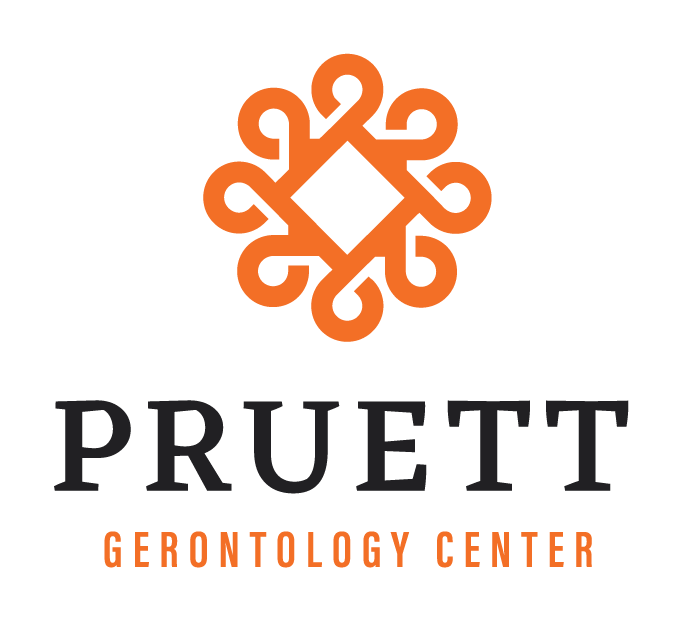Written by Hansen Penya
Music. It’s something that most people experience frequently over the course of their lives. Whether it be on car rides, in the gym, in the shower, while cooking a meal or performing other mundane tasks (such as mowing the lawn), or even in the worship portions of church services, music is often present. While it has changed throughout history, music (like other forms of art) has nevertheless existed as a form of human expression for thousands of years. Music allows us to be “in touch” with parts of our beings that other mediums can’t provide to the same degree—we can find joy in the melody of a classical-period symphony or relate to storytelling that lies in a modern pop heartbreak track. It should come as no surprise, then, that music was added as a form of therapy in the last few hundred years.
What is music therapy? The American Music Therapy Association defines it as the “clinical & evidence-based use of music interventions to accomplish individualized goals.” And, because music can be appreciated for the entirety of one’s life, the benefits of music therapy are not exclusive to a single age group. When considering the aging population, music therapy has proven useful in several capacities. For example, music therapy has the ability to “delay the onset of cognitive decline…as well as helping those who already suffer from it.” Specifically, music therapy has been shown to help treat Alzheimer’s and dementia, as well as helping to improve symptoms of depression.
The next question, then, is: how can people introduce music as a form of therapy to the aging population? While there are formal methods of doing so, such as encouraging elderly adults to attend sessions with a licensed music therapist, the Elder Care Alliance offers several (less formal) ways for music to be integrated into elderly people’s lives. Among them are:
- [Creating] a personalized playlist on a program like Spotify or Amazon Music that includes familiar music or music that inspires different moods like relaxation or motivation.
- [Attending] live concerts or performances. Live music is often available for free in parks and other venues that provide community entertainment.
- [Picking] up that abandoned instrument that you used to play and get familiar with it again. Playing music has the same benefits that listening to music does and keeps you even more cognitively engaged.
- [Getting] familiar with YouTube. Not only will you be able to find music that reminds you of younger days, but you’ll be able to find videos of live performances as well. While it may be overlooked as a simple feature of human life, music provides far more benefits than people may realize. Music therapy is a great tool that has proven useful in assisting the aging population and, just as with any other segment of the population, we should make it our mission to provide elderly people with tools they can use to live their lives as comfortably as possible.
